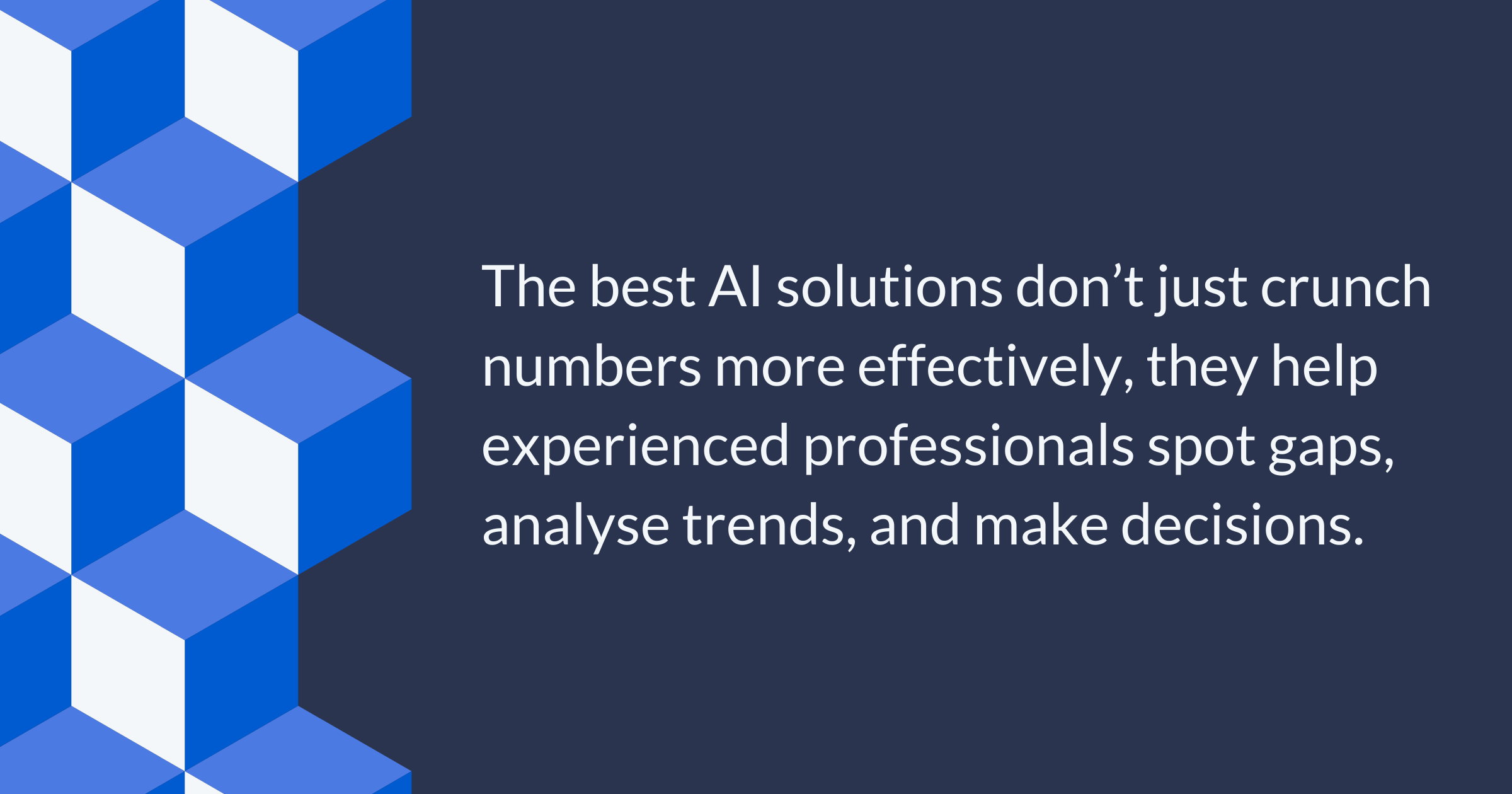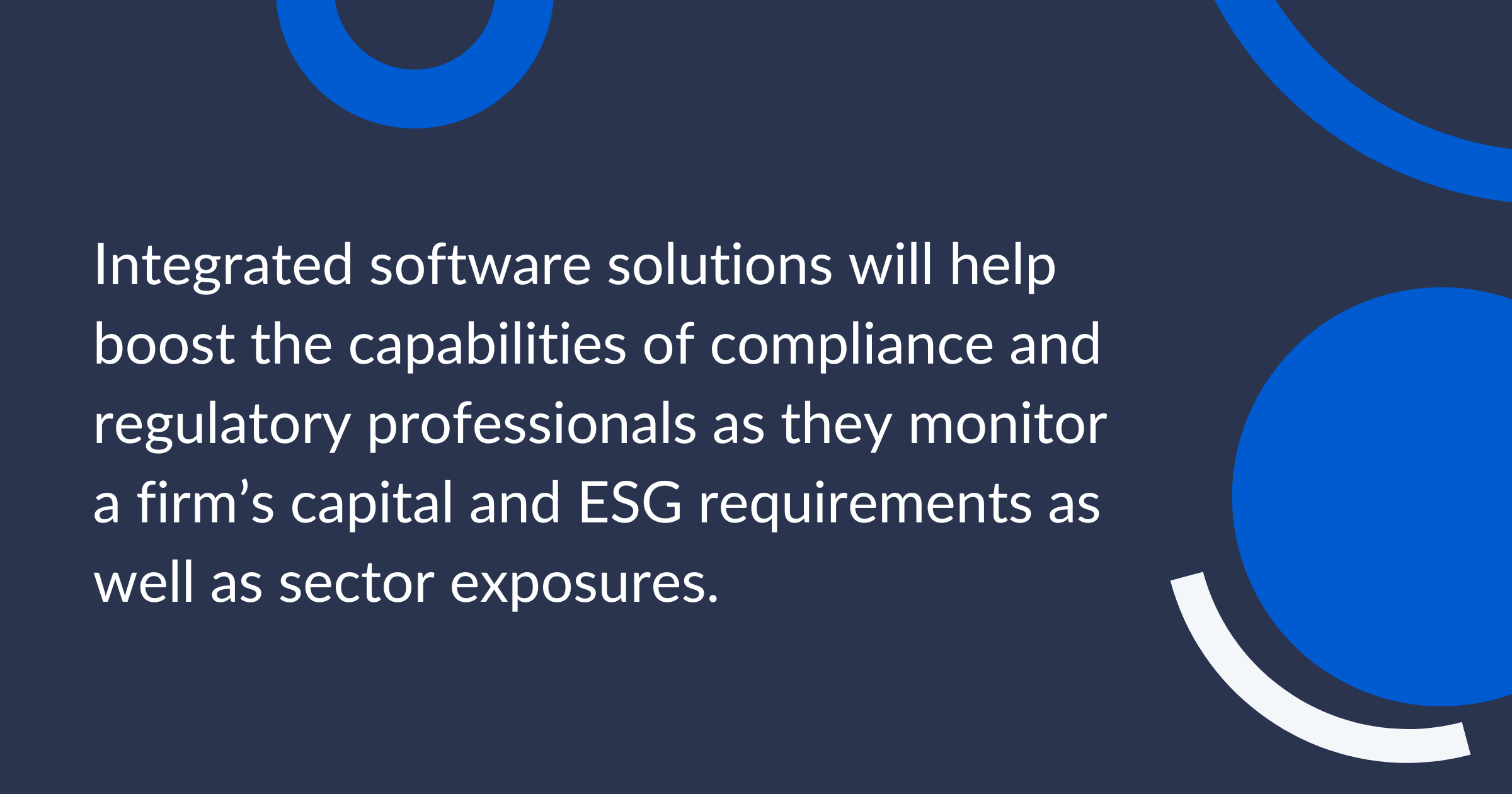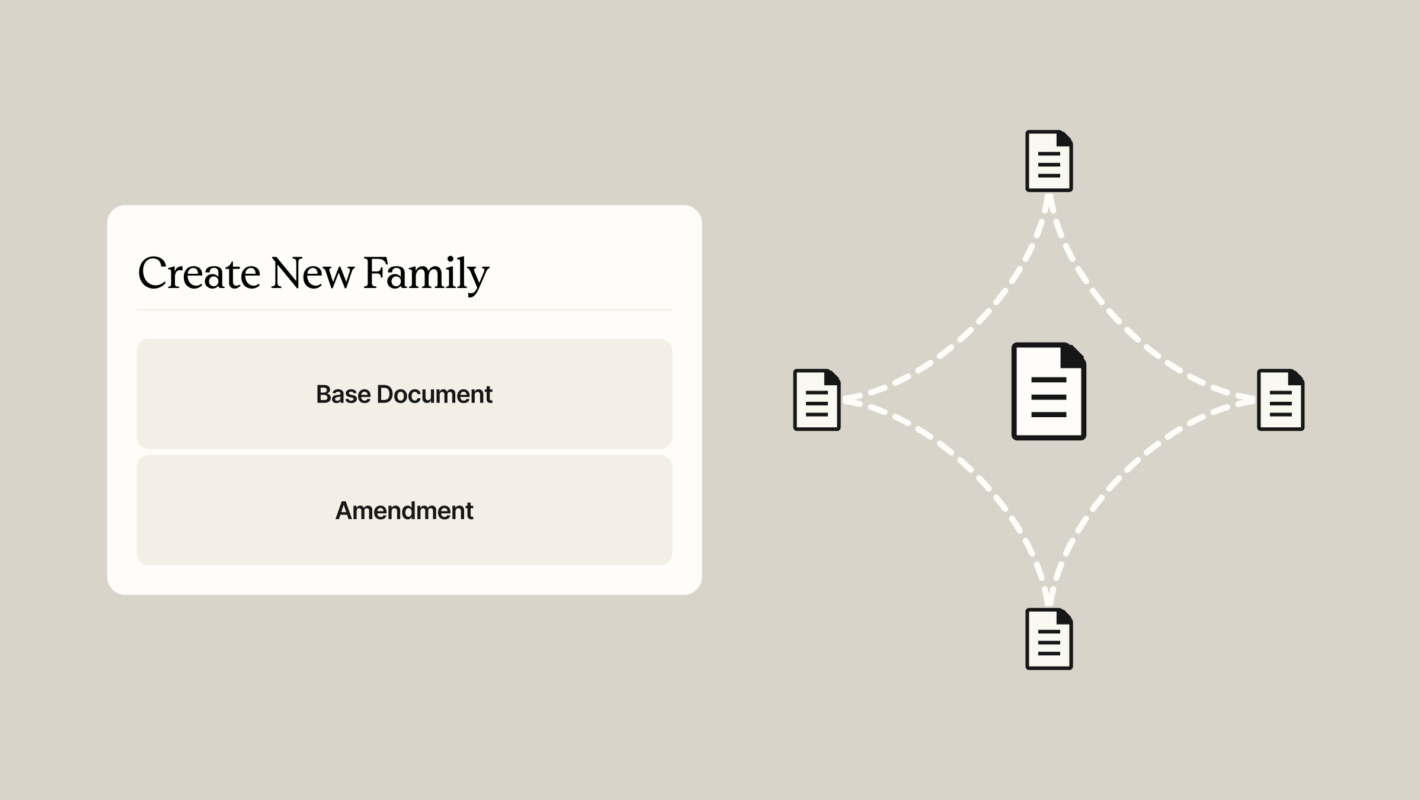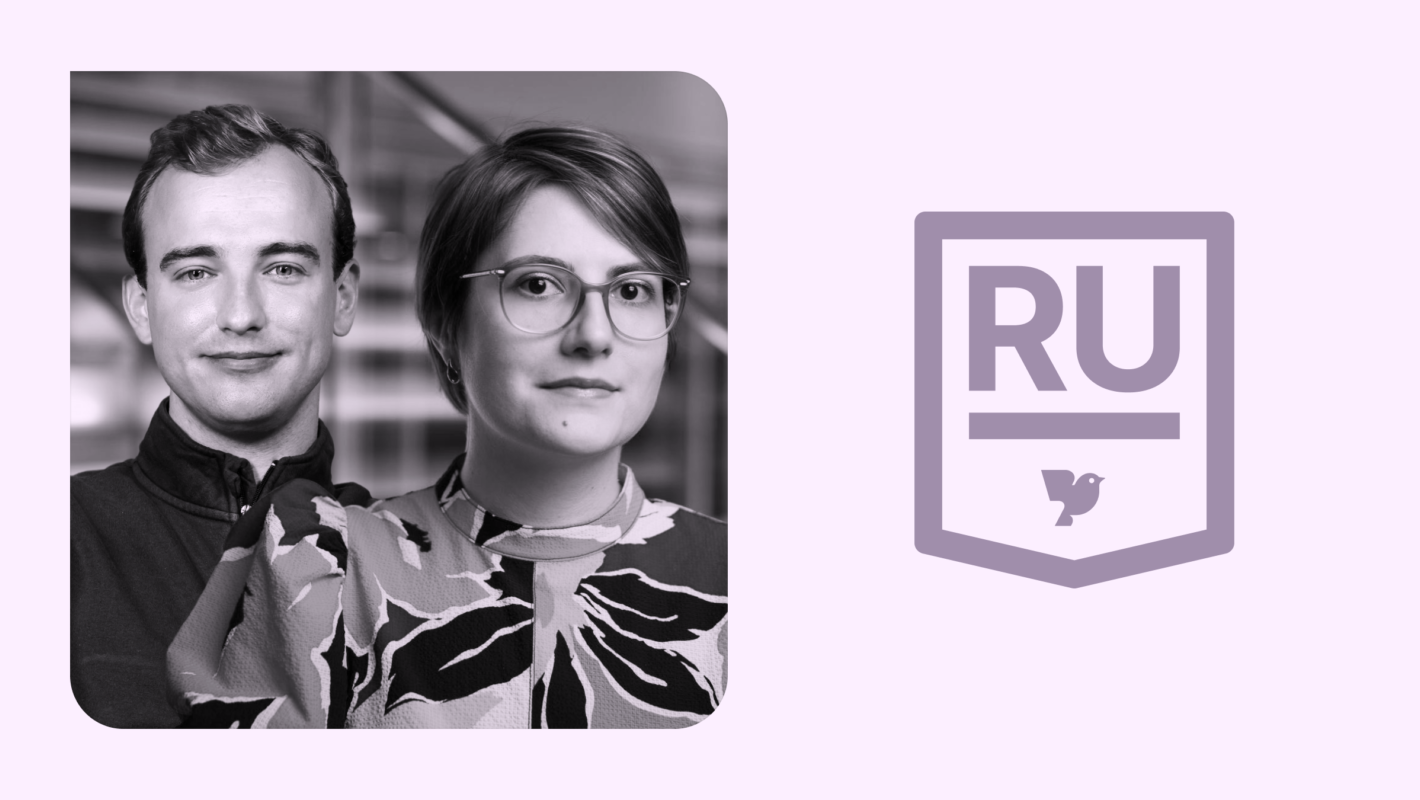How are Private Equity Firms Using Technology to Increase Operational Efficiency?
July 20, 2022

Our Head of Legal and Product, Jake Foster, recently sat down with leaders in private equity (PE) at The Drawdown’s Operational Leaders’ Summit (OLS) to discuss the next phase of technology adoption within the sector.
The annual OLS Summit brings together a select group of PE operational leaders to talk about the pressing issues currently impacting their roles. Robin AI sponsored this year’s Summit to bring a technology driven perspective to the event.
A key theme of the session: how funds are quickly outgrowing their operations and legal functions and increasingly need to do more with less. While it might not be the only answer, the adoption of technology can help Private Equity teams scale more effectively over time. Technology has the ability to provide analysis and quality control over routine tasks that take up an increasingly larger part of legal and operations team’s day-to-day.
We’ve rounded up key insights that are applicable to any organisation experiencing growing pains and wanting to increase their operational efficiency.
1. The Evolution of Technology and Turning Data into Intelligence
Rapidly evolving technology is transforming every industry and Private Equity is no exception. From the digitisation of paper documents to the near-total dominance of Excel, Outlook and various instant messaging applications, technology has become integral to the way funds operate. With more systems, processes and documents to manage, operational efficiency in Private Equity firms becomes increasingly important.
Each advancement has helped funds streamline their functions, whether through expediting manual processes or connecting teams and businesses more effectively. However, with these operational benefits has come a new challenge: now organisations find themselves wrangling an extraordinary volume of documents and data, while simultaneously meeting the myriad expectations of investors, regulators and their own people. Operational teams still need to make decisions about processes and devise ways of managing that mass of information in a meaningful way.
Artificial Intelligence Helps Extract Value from Data
This is where artificial intelligence (AI) could have an important role to play. The integration of AI-powered solutions with legacy systems is likely the next phase for many organisations.
There are many different definitions of AI online. At its core, it means the ability of a system to imitate intelligent human behaviour.
Robin’s Private Equity clients have identified two key areas of pressure that AI solutions can help alleviate:
Enormous amounts of data and the need to manage legal, reporting and investor obligations
The pressure to do more with even leaner teams and increase operational efficiency
The best AI solutions can do a great deal more than simply crunch numbers more effectively. They can help experienced professionals spot gaps, analyse trends, and make decisions.

However, while most would agree that true AI represents one of the most significant advances in technology since the creation of the internet, currently it is no silver bullet. Funds can achieve the most significant performance improvements when humans and technology work together. For example, Robin’s Contract Review uses AI and machine learning models to read and edit legal documents like NDAs and engagement letters, which are then reviewed by experienced legal professionals to ensure the highest standards of accuracy. This enables Robin’s team to process documents rapidly for funds, while maintaining a strong focus on quality control.
2. Using Data to Drive Intelligent Decisions
The volume of data available in today’s Private Equity business environment can be overwhelming, to say the least. Finance teams within portfolio companies are typically required to surface and present accurate trading data to their private equity owners on a regular basis, while internal fund accounting teams are charged with turning this massive amount of information into usable (and attractive) reporting for the funds’ own investors.
Access Now: Guide to Unlocking Business Data Hidden in Your Contracts
While current iterations of AI might not solve all these issues immediately, there is clearly an increasing need for technology to lift some of the burden to maximise operational efficiency.
Managing Obligations Effectively Across Multiple Parties
In addition to investor reporting and making better decisions with data, the simple act of ensuring compliance with a growing number of legal obligations is quickly becoming a key area of concern for many funds. Many General Partners (GPs) have been highly successful in raising new funds over the last few years. But large investors have been equally successful in negotiating concessions or additional rights to the standard Limited Partnership Agreement (LPA) through the use of side letters.
Side letters govern a broad range of requirements, including:
Sector investment restrictions
Information rights
Most favoured nation provisions
Keeping track of this expanding universe of obligations is becoming a significant issue for many Private Equity firms. One side letter with a single investor in a fund can be managed with relative ease. However, tens or hundreds of side letters spread across numerous funds with a variety of investors can present a major challenge for even the most sophisticated firms.
In order to track their obligations, most funds currently operate a manual centralised Excel sheet. This solution is time-intensive and subject to human error. After discussing this pain point with our fund clients, we developed features in our Query software to address this issue. Query uses AI to identify obligations within a mass of side letters, and can help keep internal teams compliant by sending automated reminders.
While funds might not be ready just yet to rely entirely on technology solutions to manage their obligations, we believe strongly that AI-powered applications can significantly reduce the amount of human input required to ensure compliance and make positive strategic decisions.
3. Transforming Platform Software with AI elements
Put simply, a platform is a piece of software which is broader than a single use-case or application, and is often modular. Its value comes not only from its features, but also its ability to connect people, tools and data. Platform applications are frequently used across functional groups, allowing one team’s workflow to be built on by others at a later stage.
To date, Private Equity operational teams have had some success aligning portfolio company software with their own reporting systems, for example, but this has by no means resolved all the snags with surfacing and sharing regular trading data. Significant manual work is still required to gather, analyse and generate usable reporting from disparate data sources, and it is here that AI seems best placed to bolster the capabilities of relevant platforms. Fund leaders are starting to seek AI-enabled software with an ability to learn relevant patterns and parameters for datasets, conduct analysis and identify missing or wrongly formatted data in order to speed up their teams and reduce error rates.
Again, the current class of AI-enabled solutions for Private Equity firms can be most effective when coupled with the work of experienced professionals. While no fund accountant is likely to allow a machine to oversee their organisation’s end-to-end reporting flow just yet, AI can play a pivotal part in uncovering insights and recommendations.
Reporting Dashboards and Choosing the Right Platform
Dashboards can offer important insights into business performance through data visualisations. However, consistent data-led decision making is only likely to be valuable if the user can turn the swathes of relevant information (however it is presented) into actionable insights. This is where AI and machine learning are likely to become extremely powerful in the next decade.
When evaluating a dashboard solution, we encourage functional leaders to consider their goals holistically: a page of beautiful graphs is nice to look at, but if the presentation of the data does not mesh easily with an organisation’s report-building systems, or it is not queryable by a broad user base, it may not add the value initially promised.
If faced with multiple dashboard offerings, consider working backwards. For example, a Private Equity house’s General Counsel (GC) is often responsible for streamlining the investment teams’ NDA process. By identifying the data points that are most useful to analyse the speed, cost and efficiency of the NDA negotiation process, the GC can select the dashboard solution that will be most appropriate for their objectives, and use that data to drive efficiencies in the process.
4. Navigating Market Turbulence with Digital Transformation
As the global macroeconomic environment becomes increasingly choppy, talented individuals and teams will need to leverage all the tools at their disposal to continue delivering great fund performance and generating investor relationship wins. The current storm of rate rises, inflation and valuation spikes is tightening LPs’ scrutiny of managers’ performance, bringing an additional focus on reporting. Technology solutions across legal, finance and compliance functions will be critical in supporting operational teams within funds, particularly if headcount is simultaneously squeezed.
We expect ongoing market turbulence to offer new investment opportunities for funds, either in equity or debt – so managers will want to ensure they are able to get into transaction processes as efficiently as possible. From the perspective of traditional legal workstreams associated with a transaction, speed is always of the essence in distressed situations. The best-placed funds here are likely to be those that have considered adding technology solutions to their traditional legal models to permit quicker turnarounds of standardised deal documents, and the associated storage and management of relevant obligations.
5. Navigating a Complex Regulatory Landscape
The almost inevitable trend of bank-like regulations being extended to Private Capital firms and alternative asset managers is gathering pace. Funds tend to run fairly lean compliance and regulatory departments, so in order to deal with this increasing burden in the short term, headcount in many funds is likely to grow.
From a technology perspective, monitoring of firms’ capital requirements, sector exposures and ESG commitments are all prime candidates for a more integrated solution. AI could be of particular assistance, alerting teams to potentially perilous gaps in data, or identifying troubling data trends set against applicable regulatory thresholds. Here, leveraging software solutions (together with seeking high quality outside advice) could help to provide an additional layer of comfort for small teams of internal compliance professionals faced with a constantly shifting regulatory picture.

Digital Transformation: Get Ahead of Integration
Technology integration in Private Equity is being driven by a confluence of needs and wants: LPs are demanding a greater quantity of actionable information from GPs (in many cases, including tailored reporting and legal terms), and GPs are competing to attract investors from a finite, albeit broad, pool. Adding to the challenges faced by GPs is an increasing squeeze on their internal functions, with leaders of operational teams required to do more with fewer resources.
In addition, a new class of service providers are emerging. The best of these are pushing the boundaries of technology integrations beyond the usual dashboard or platform solutions via the development of true AI-enabled software. In the short term, AI-powered human services will be a key driver of efficiencies for operations and legal teams within funds. And in the medium to long-term, we can expect more digital transformation solutions to become available and used more broadly across the fund management industry.
Get in touch with the Robin AI team if your organisation is facing or anticipating any of challenges outlined above and we’d be happy to share how our solutions have helped some of the world’s largest Private Equity funds increase contract efficiency and reduce costs by up to 70%.
Jake Foster - Head of Legal and Product, Robin AI
Jake joined Robin AI after almost a decade advising clients in the M&A group at Skadden, Arps, Slate, Meagher & Flom. Jake leads Robin's service delivery, supporting a number of private equity, debt and real estate funds throughout their partnership with Robin, from initial scoping conversations to process optimisation using Robin's proprietary legal technology. Jake is a qualified solicitor and holds degrees from the University of Cambridge and University College London.

